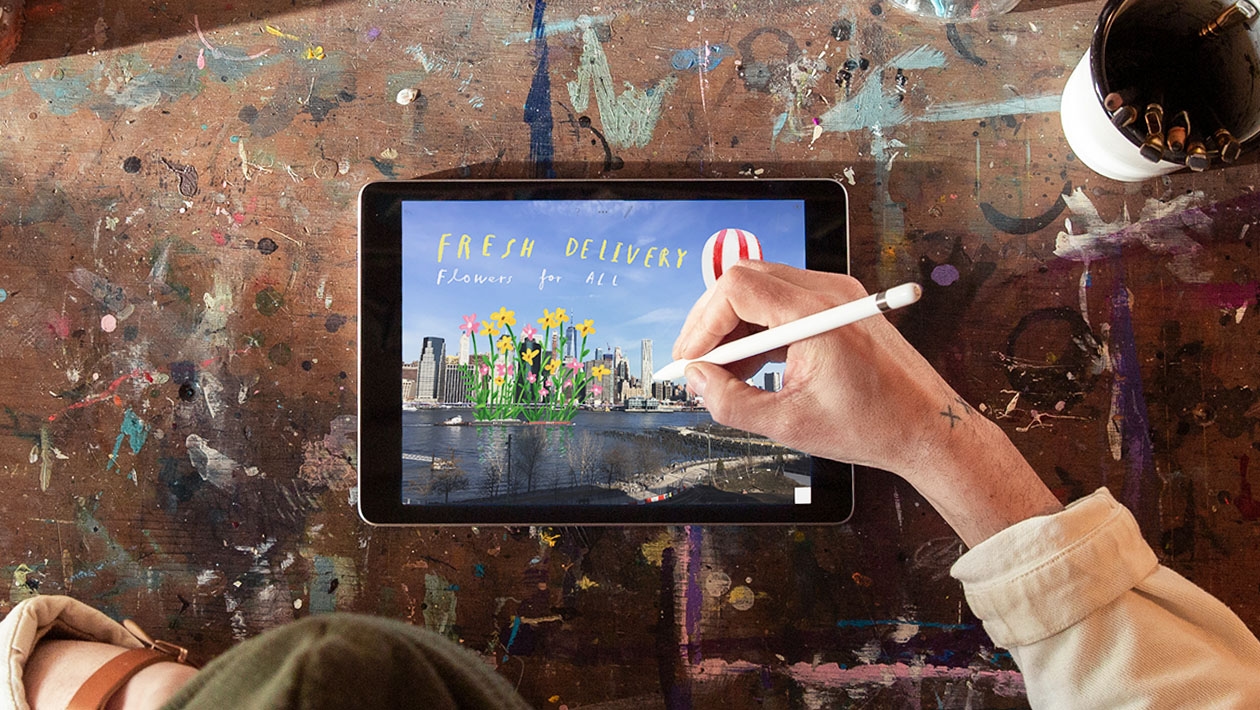Co-author: @michaelaOPS
Pop Art isn’t just for museums—it’s a powerful tool to bring creativity into the classroom! With vibrant colors, bold outlines, and digital tools like Keynote and Markup, students can explore core subjects in an exciting, hands-on way.
LAUNCH: Start by introducing students to Pop Art through famous artists like Andy Warhol and Roy Lichtenstein. Show examples of their work and discuss the use of bold colors, repetition, and everyday objects as inspiration. Then, guide students to choose a subject based on what they’re learning—whether it’s a book character, a historical figure, a scientific concept, or a math pattern. Using iPads or paper, students can sketch their ideas before creating their final Pop Art masterpiece using digital or traditional tools.
KEYNOTE PRESENTATION: Using the Keynote presentation template below, teachers completed the PopArt project in grades 1st-5th in various subject areas. The template walks teachers and students step-by-step on how to complete the Pop Art project.
STUDENT EXAMPLES AND IDEAS:
🎨 ELA – Bring stories to life by having students create Pop Art portraits of book characters, illustrating their personalities and emotions. Want to explore setting? Students can design a window frame scene, using visual elements to reflect mood and descriptive language from a story.
🖼 Social Studies – Help students connect with history by designing Pop Art-inspired shoes representing famous figures like Harriet Tubman or Neil Armstrong. Each shoe tells a story—where has this person been, and where did they lead us? Below is an example of 1st graders showing what they've learned about Martin Luther King, Jr.
🔬 Science – From the solar system to life cycles, students can illustrate scientific concepts in a bold and engaging way. Imagine a Pop Art-style poster on environmental conservation, where bright visuals make a strong statement about recycling and sustainability. Below is an example of a 5th grade student reflecting on a unit covering Mars and the potential human colonization of the planet.
➗ Math – Patterns, symmetry, and geometric design all come alive with Pop Art. Have students use repeated images to explore multiplication, create radial symmetry designs, or even turn graphs into colorful works of art.
PRESENTING AND SHARING: Once students have completed their projects, provide opportunities for them to present and reflect. They can share their work in a classroom gallery walk, where peers leave positive feedback on sticky notes. For a digital showcase, students can record a short video explaining their artistic choices and how their work connects to the subject. You can even create a collaborative digital Pop Art museum using Keynote or Clips, where students' creations are displayed alongside their explanations. See the keynote directions below on how to make the pictures come alive!
By integrating Pop Art across subjects, we give students new ways to express their learning—boosting engagement, creativity, and comprehension. Want to try it in your classroom? Get started today and watch learning pop! 🚀
#OPSproud #iTeachOmaha













March 10, 2025 . English
English
Thanks for sharing all the curricular based opportunities to add in a Pop Art activity. Students will love it and it certainly will add to their learning and enthusiasm for a topic.
One of my favorite collections in the Apple Education Community is Create Lessons that Pop!
This action is unavailable while under moderation.
This action is unavailable while under moderation.